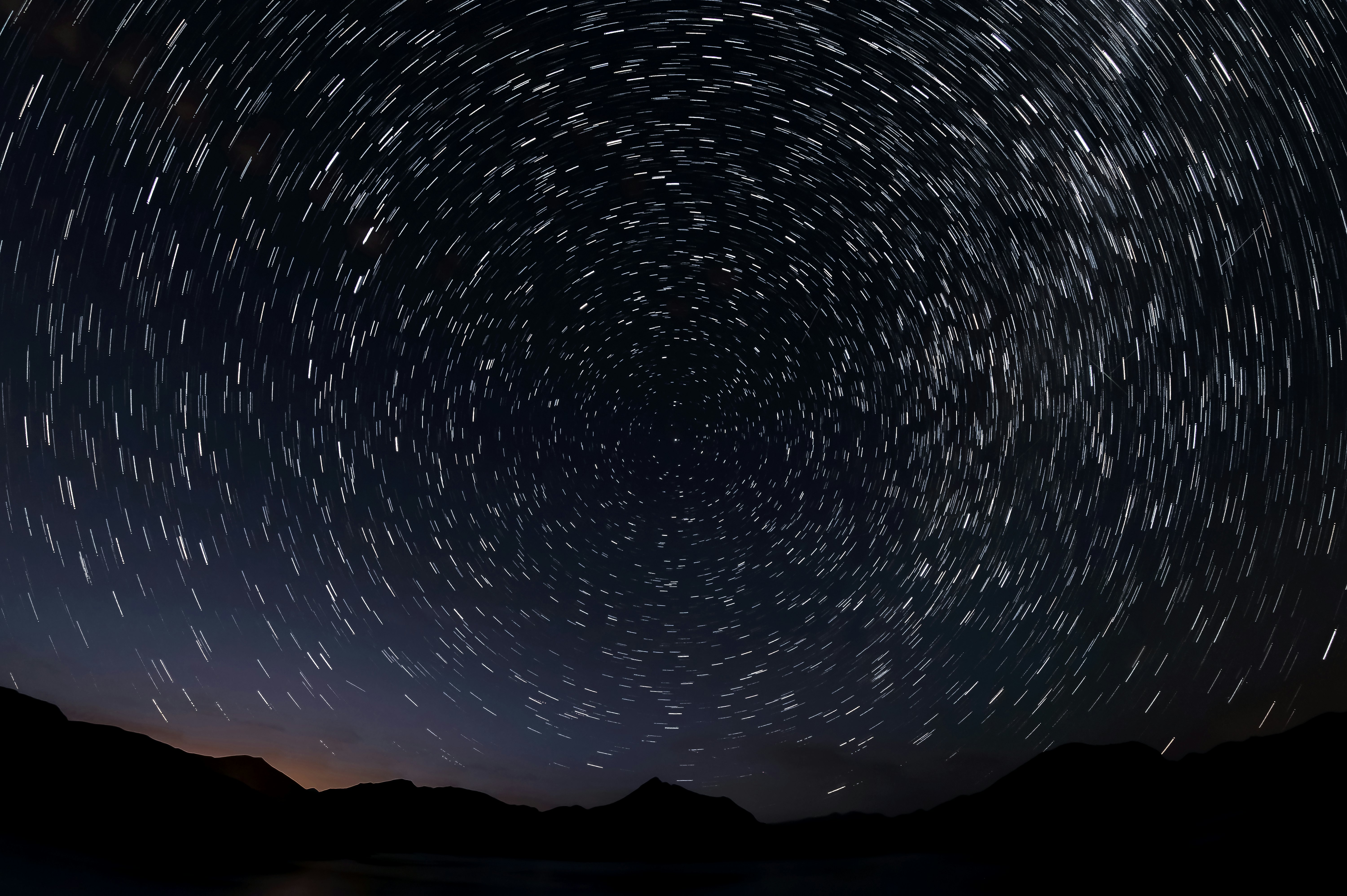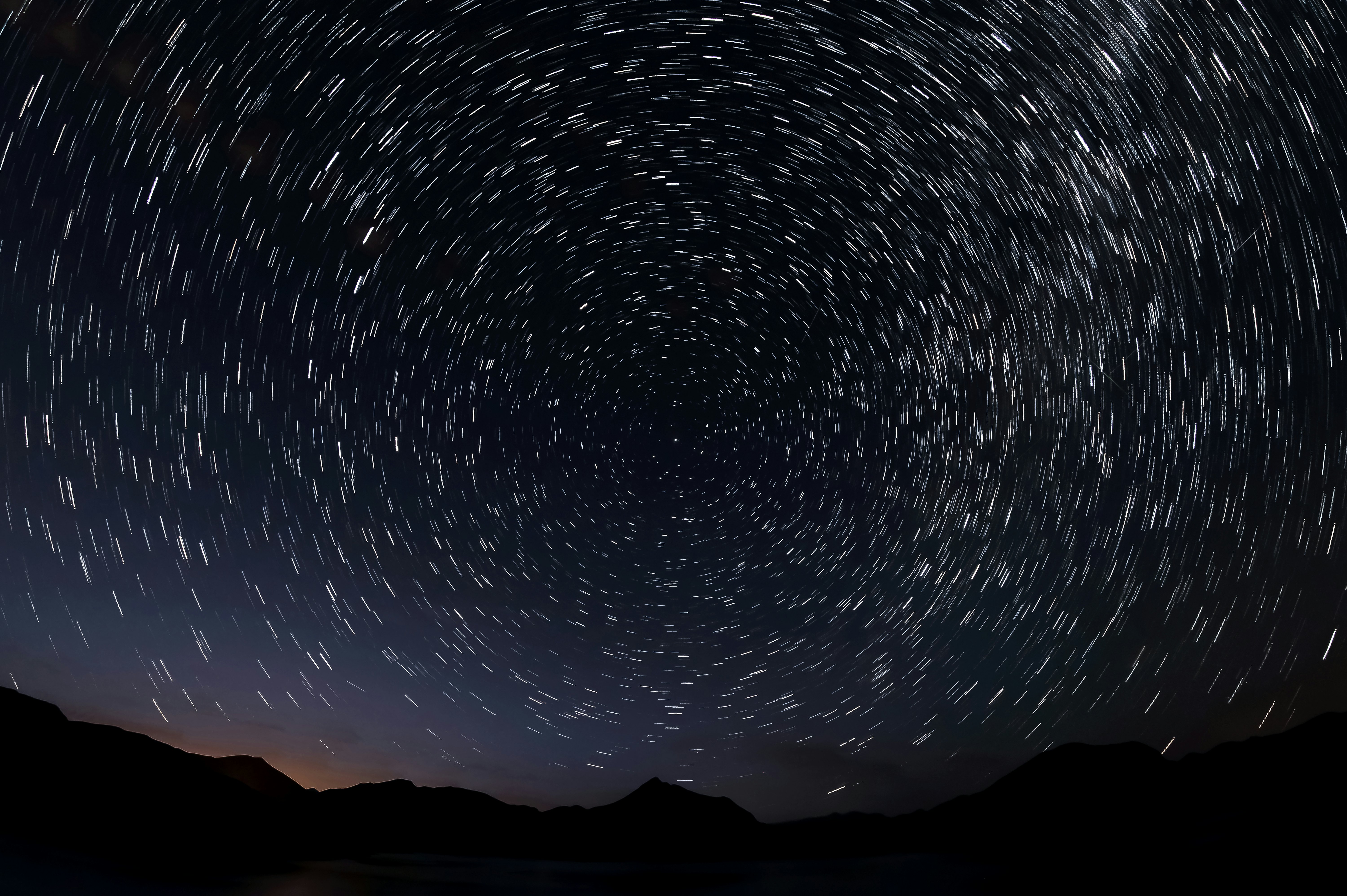
August 2023’s night sky offers an array of excellent sights, most of which you can enjoy with the unaided eye or a decent pair of binoculars, if you don’t have a telescope.
The month’s stargazing schedule is packed with three planetary conjunctions with the Moon, two supermoons, and one of the year’s best meteor showers. Read on for your August 2023 sky guide.

August 1: Full Super Sturgeon Moon
This month starts with a full Moon that’s also at its closest point to Earth, about 226,000 miles away. The full Moon will look about 16 percent brighter in the night sky, and just slightly larger than usual, making this a perfect time to get out your telescope, or even a good pair of binoculars, and check out the lunar landscape. The Sturgeon Moon — named because its appearance heralds a bustling season for sturgeon fish in the Great Lakes — will rise a little after 9 PM on August 1 and set in the early morning hours.
August 3: Moon and Saturn Close Encounter
You can see bright Saturn in the night sky all month long, but on the night of August 3, it will appear very close to the still nearly full Moon in the sky. The pair will appear just slightly more than two degrees apart. Saturn will be bright enough to spot with the unaided eye, but you’ll need a telescope or a good pair of binoculars to see its iconic rings.
August 8: Moon and Jupiter Close Encounter
The Moon is getting lots of great planetary photo opportunities this month. In the dark early morning hours of August 8, the Moon and gas giant Jupiter will appear just a little more than two degrees apart in the night sky, with Jupiter clearly visible even to the unaided eye.
August 13: Perseid Meteor Shower at its Peak
The Perseids, one of the year’s brightest and most active meteor showers, will be on display from July 17 through August 24, but the best night to watch will be August 13, when the shower is at its peak. Find a dark spot and, just after midnight, look toward the constellation Perseus in the northeastern sky. The waning crescent Moon should provide a nice dark sky for optimal meteor-watching, and you’ve got a decent chance to see a meteor every minute — or more. As you watch, keep in mind that what you’re seeing are fragments of debris trailing behind Comet 109P/Swift-Tuttle as they burn up in Earth’s upper atmosphere.
August 30: Moon and Saturn Pose Again
If you missed the Moon and Saturn’s joint appearance in the night sky on August 3, you have a chance to see them again on August 30.
August 31: Full Blue Supermoon
August gets two Full Moons, which makes the August 31 appearance technically a “Blue Moon,” so if something only happens “once in a Blue Moon,” you can put it on your calendar for August 31. This particular blue Moon is also a supermoon, so you can once again enjoy an extra-bright view of our rocky neighbor.







